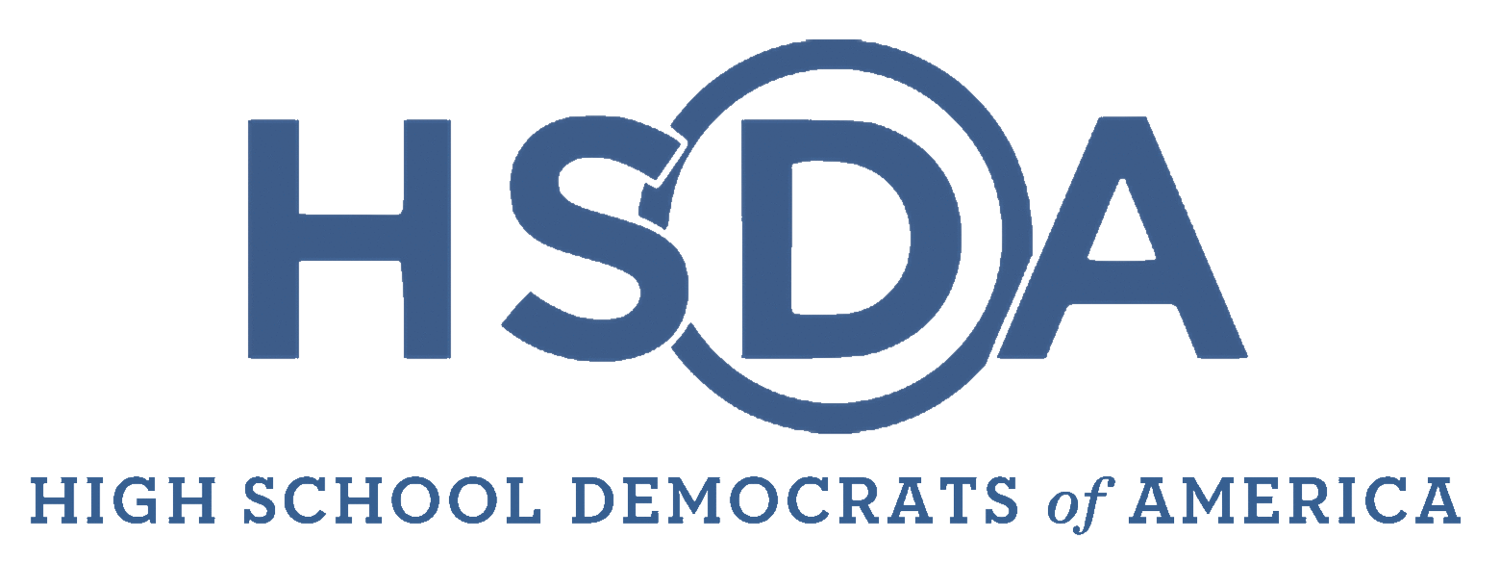The Need For The Department of Education
Article by Lola Black
A long promised campaign message and key tenant of Trump and Musk’s DOGE plans to reshape the American bureaucracy lies in gutting the very system educating and financially supporting the futures of America's youth: the Department of Education.
The agency’s relatively short history beginning from its congressional conception in 1980 has since been a point of controversy, exemplifying unnecessary government spending to Republicans and necessary federal oversight to ensure underprivileged schools and students and receiving the support they need to Democrats.
Today its primary focus is providing federal oversight and funding support to post-secondary education access, including vocational training, and assisting disabled students in educational support and job searching as well as providing some funding to state education systems. They are responsible for handling $1.6 trillion dollars of federal assistance, loans and student aid through programs like FAFSA, pell grants and subsidized loans. They are tasked with ensuring Title I schools are receiving necessary funds and protecting the civil liberties of racial minority and LBGTQ+ students through Title IX. They have no jurisdiction over public school curricula often at the center of the culture-war education debates brought about by conservative groups such as Moms for Liberty.
As a current high school student, the inflection point that education has become leads to many uneasy feelings and concerns about options to afford a college education and what the public school experience will be like for our younger siblings, relatives and peers. With so many lingering questions, here are a few answers based on what I’m most hearing.
What does this mean for students?
The good news for students is that student aid and loan programs are not going away as they were established by law in 1965 through the Higher Education Act.
However, if dismantled, the responsibilities of the DoE would likely be absorbed into other federal agencies. The specifics of this reorganization have not yet been fully laid out. Were they to take place, President Trump told reporters on March, 6th, 2025, that student loans would be handled by either the Department of Commerce, Department of Treasury or Department of Small Business.
Additionally, according to NBC4 News, distribution of Pell grants could also be absorbed into the Treasury Department.
Students are likely to retain access to methods of paying for higher education that are already solidified, such as already secured FAFSA funds, grants and income-driven repayment plans,
though there will be a shift from Biden-era large scale forgiveness programs for those currently working towards paying off their debt.
Loans acquired after June, 30th, 2024, are subject to potential new policies, such as one introduced by the House Ways and Means committee eliminating Biden's SAVE act. Thus creating a new set of loan repayment plans; “under this option, the Department of Education (ED) would offer borrowers two repayment plans for loans originated after June 30, 2024: the currently available 10-year repayment plan and a new income-driven repayment (IDR) plan.”
Who are the key players?
Recently confirmed Secretary of Education Linda McMahon has stated that she shares Trump's mission of “eliminating [the] bureaucratic bloat here at the Department of Education.” She states her commitment to returning education to the states, a power that has and continues to be held by them, and allowing parents to have school-choice through voucher programs.
Groups such as the American Association of University Professors, the National Association of Diversity Officers in Higher Education, and others have filed a lawsuit against Trump's changes, citing its constitutional violations. Other interest groups and educators have spoken out against these proposals in addition to the general public, who generally oppose the dismantling of the DoE, with 61% stating they strongly or somewhat oppose the measure, according to a new poll by the Student Borrower Protection Agency.
How likely is this to happen?
President Trump has prepared an executive order and according to Education Secretary, Linda McMahon, “He certainly intends to sign the order.”
However, in all likelihood, for the action to actually be implemented a supermajority in the Senate would be required to override the filibuster and allow for a vote, which is not likely given the tight 53-47 Republican majority.
Now what?
Though this measure has been brought up by Republicans since its creation, today’s rhetoric, especially in tandem with Trump’s and Musk’s purging of the federal bureaucracy, echoes far greater concerns than the spending cuts it originated as in the Reagan era. The rise of Christian Nationalism, book bans and private school vouchers disguised as school-choice policies show a concerning conservative movement to tailor the information children are receiving. Further, instilling in them the conservative Christian values by hiding them from any education of BIPOC history, LGBTQ+ experiences and other messages about inclusion and supporting diversity.
In this uncertain moment, we as students must remain informed and share that knowledge with our peers so that we can best navigate our transitions to higher education. We must help our younger peers learn how to advocate for themselves and deal with the changes to their education so that we can protect access to education for all.
For information on different ways to begin receiving federal aid please reference here: Learn About Financial Aid | Federal Student Aid
For information on loan forgiveness please reference here: Student Loan Forgiveness | Federal Student Aid
